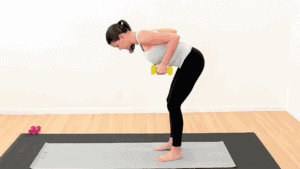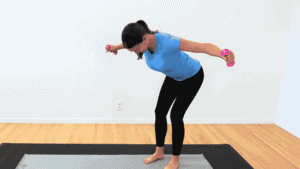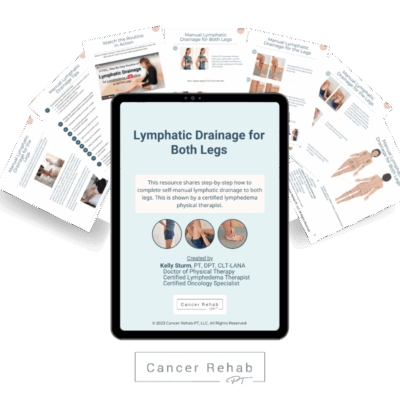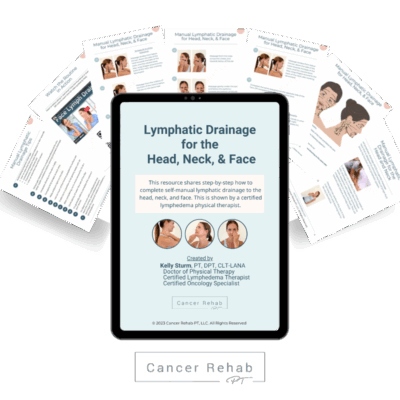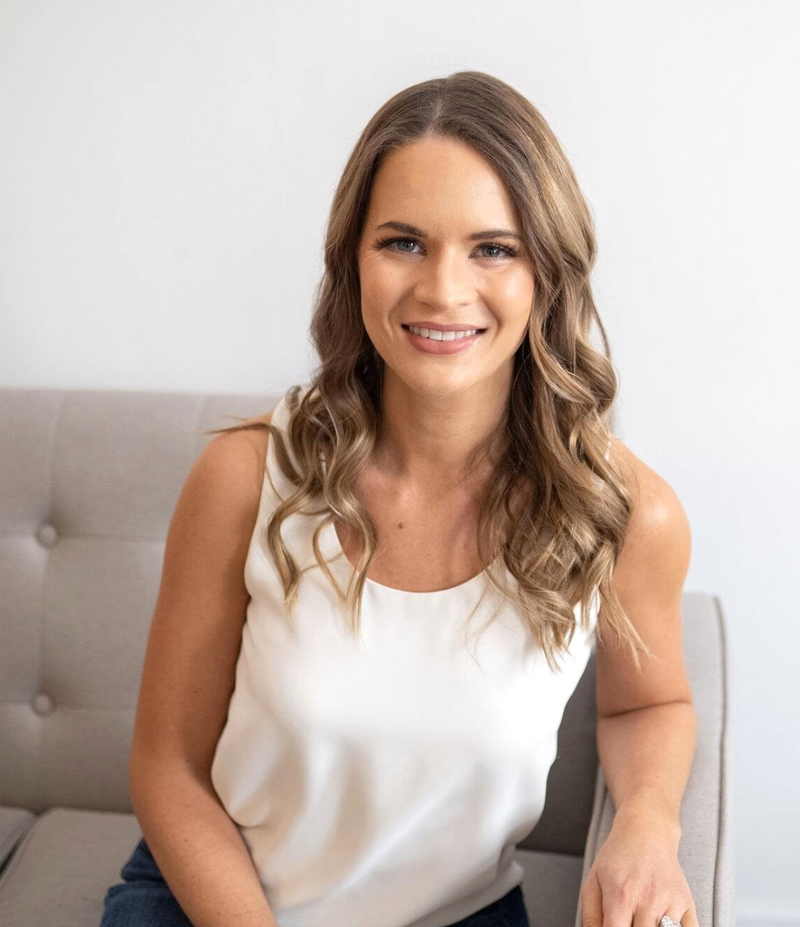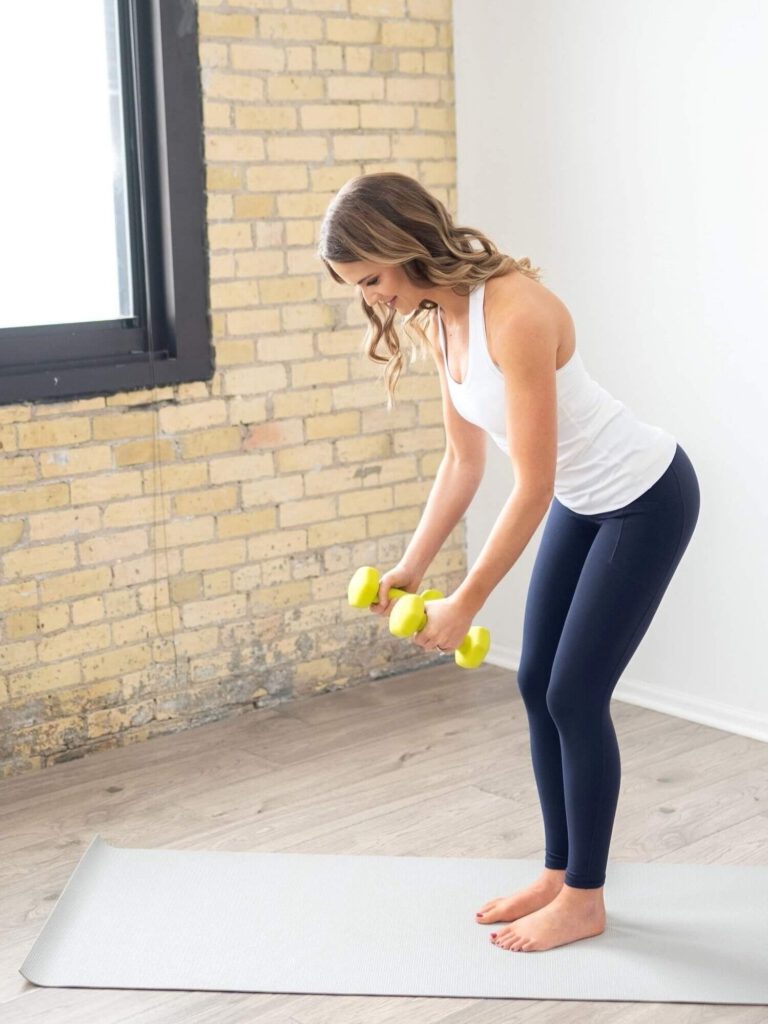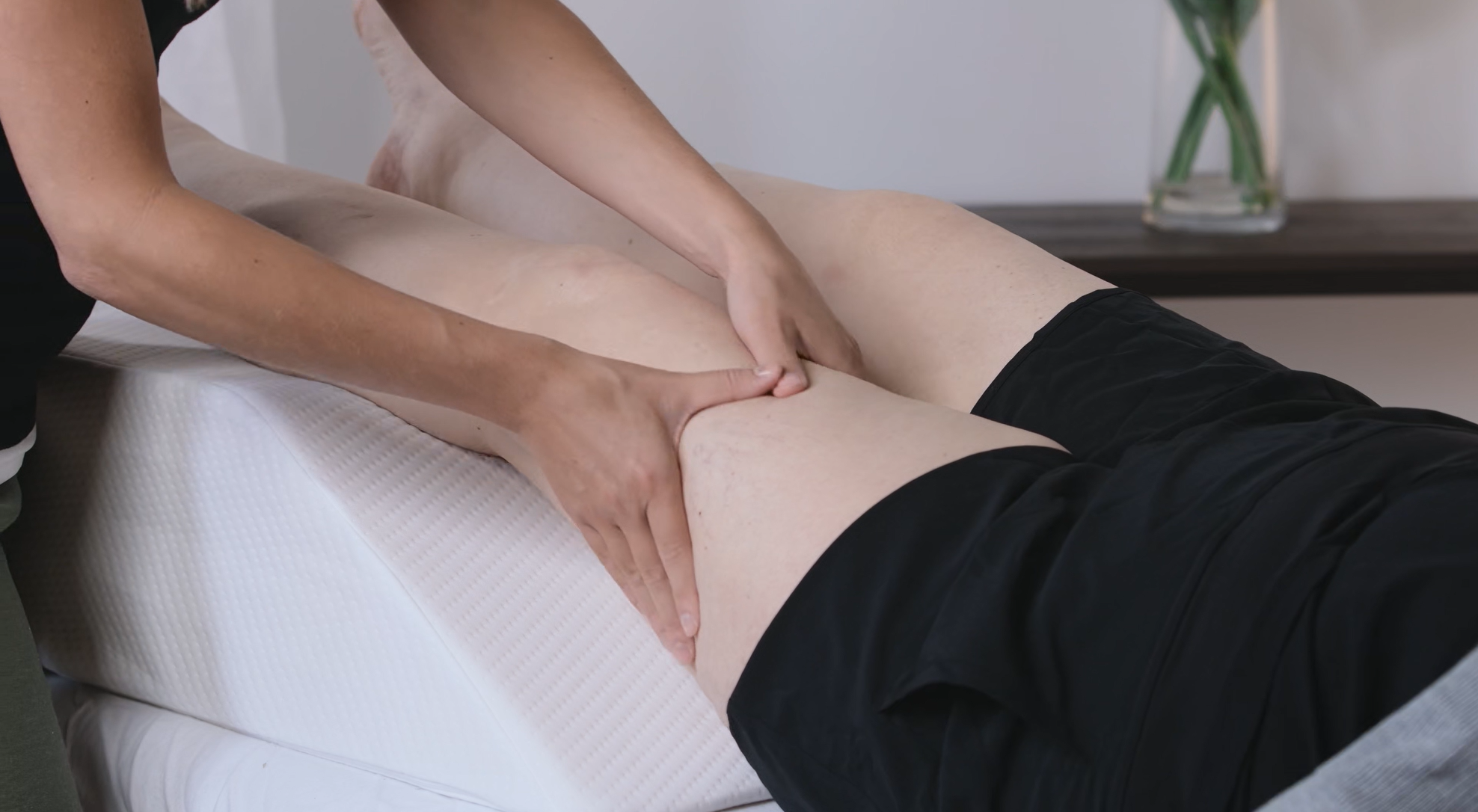
Lower Body Lymphedema Rehab
Learn how to effectively minimize your symptoms and maximize your life
Leg Lymphedema Treatment Program
by Kelly Sturm, Doctor of Physical Therapy (PT, DPT), Certified Lymphedema Therapist (CLT-LANA), Board Certified Oncology Specialist
Optimize Lymphedema Self-Management
Living with lymphedema is a daily battle, but there are things that you can do to reduce uncomfortable symptoms and start living your life more fully.
Swelling, discomfort, and aching are common, but it doesn’t mean that they have to be normal for you.
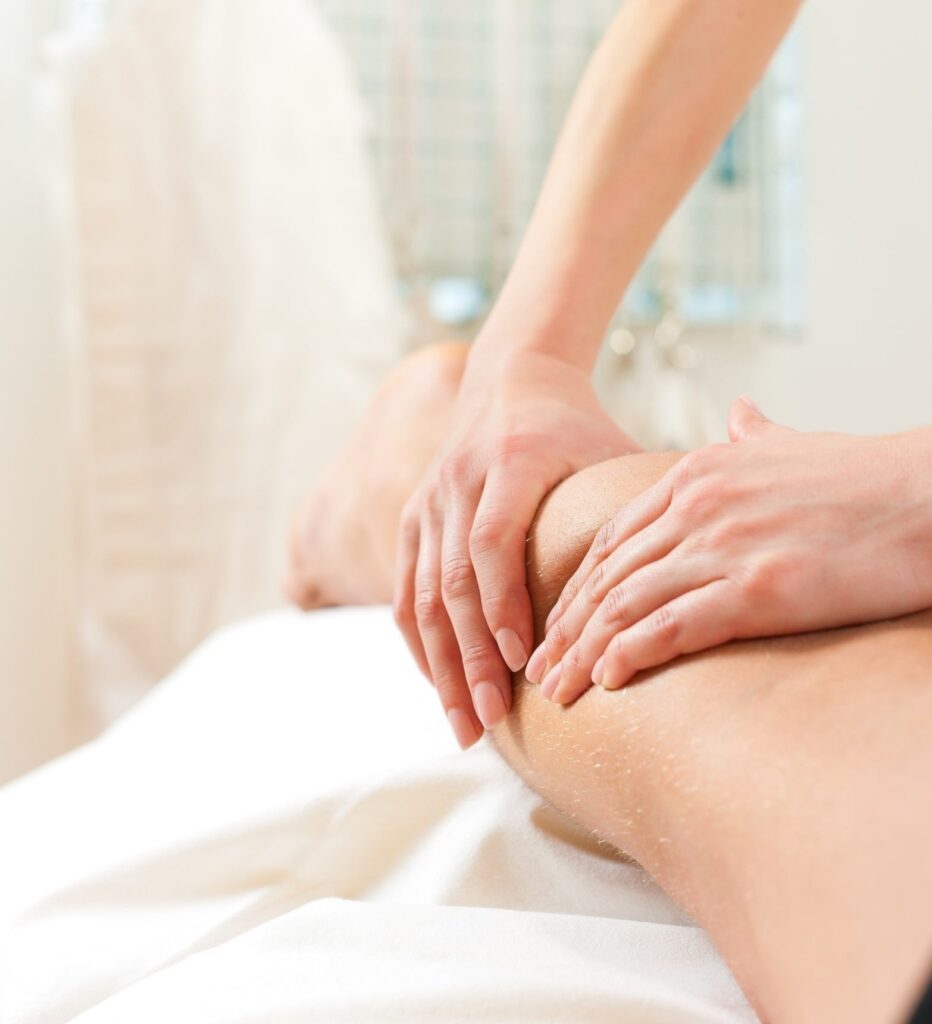
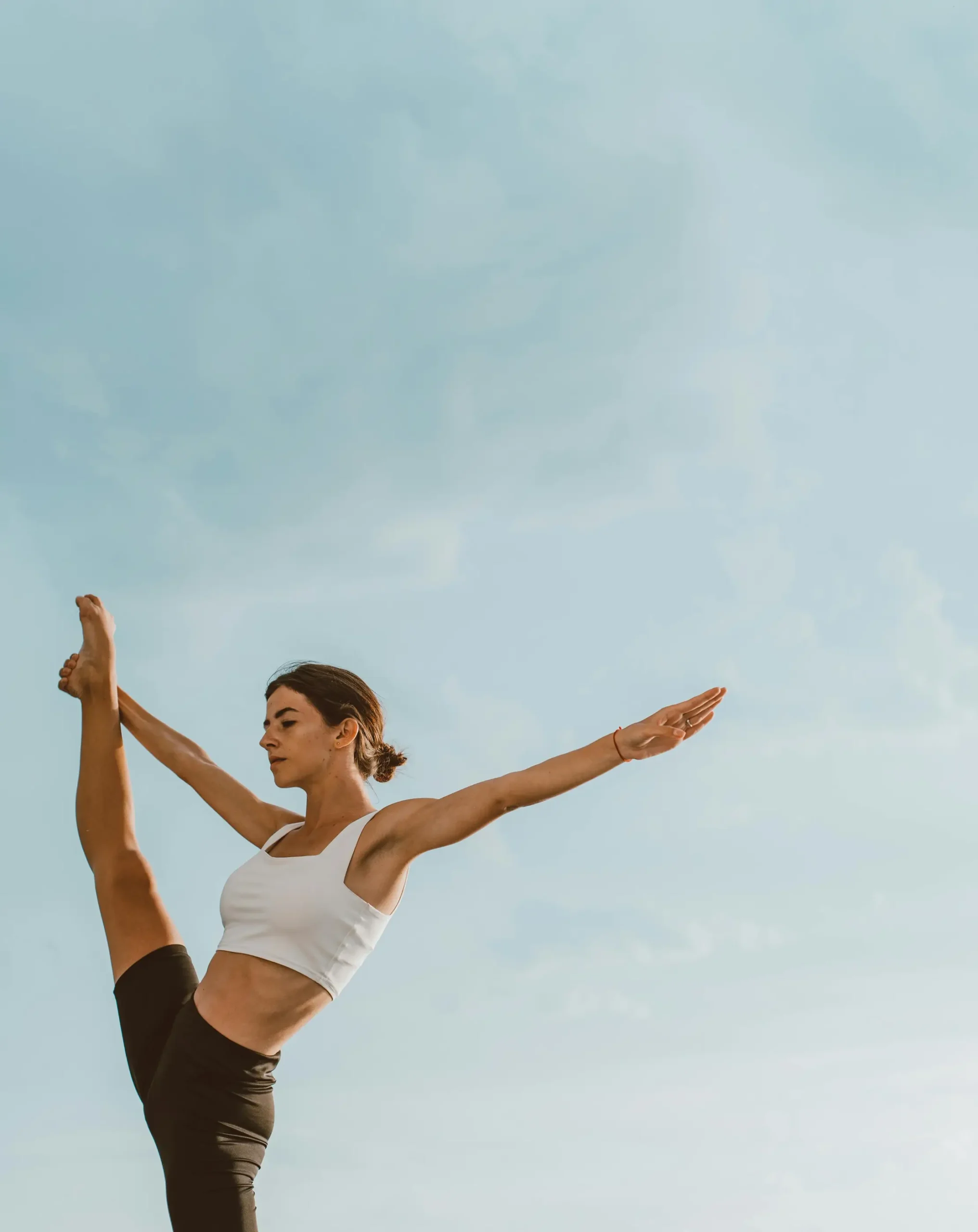
There are physical therapy exercises and self-care practices that you can integrate into your daily routine to control swelling and improve your quality of life
(Even if you were told that discomfort is something you just have to endure. )
You Can Get Support With:
- Reducing symptoms such as pain, swelling, limited range of motion, fibrosis, and risk of infection
- Preventing lymphedema from getting worse with a simple self-care protocol
- Figuring out a healthy routine that helps you feel more confident and in control
- Making sense of a new lymphedema diagnosis and building the best treatment routine for you
Without letting leg lymphedema treatment & management take over your life.
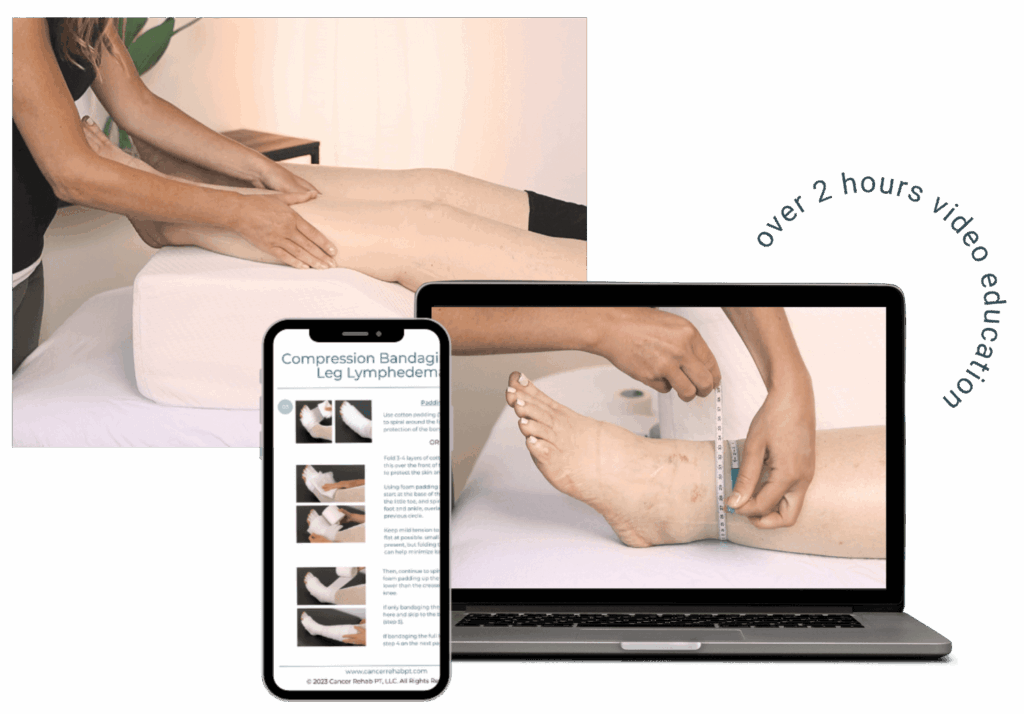
I’m Kelly Sturm, a Doctor of Physical Therapy and Certified Lymphedema Specialist
PT, DPT, CLT-LANA
I’m passionate about helping those living with lymphedema and lymphatic issues reclaim control of their lives.
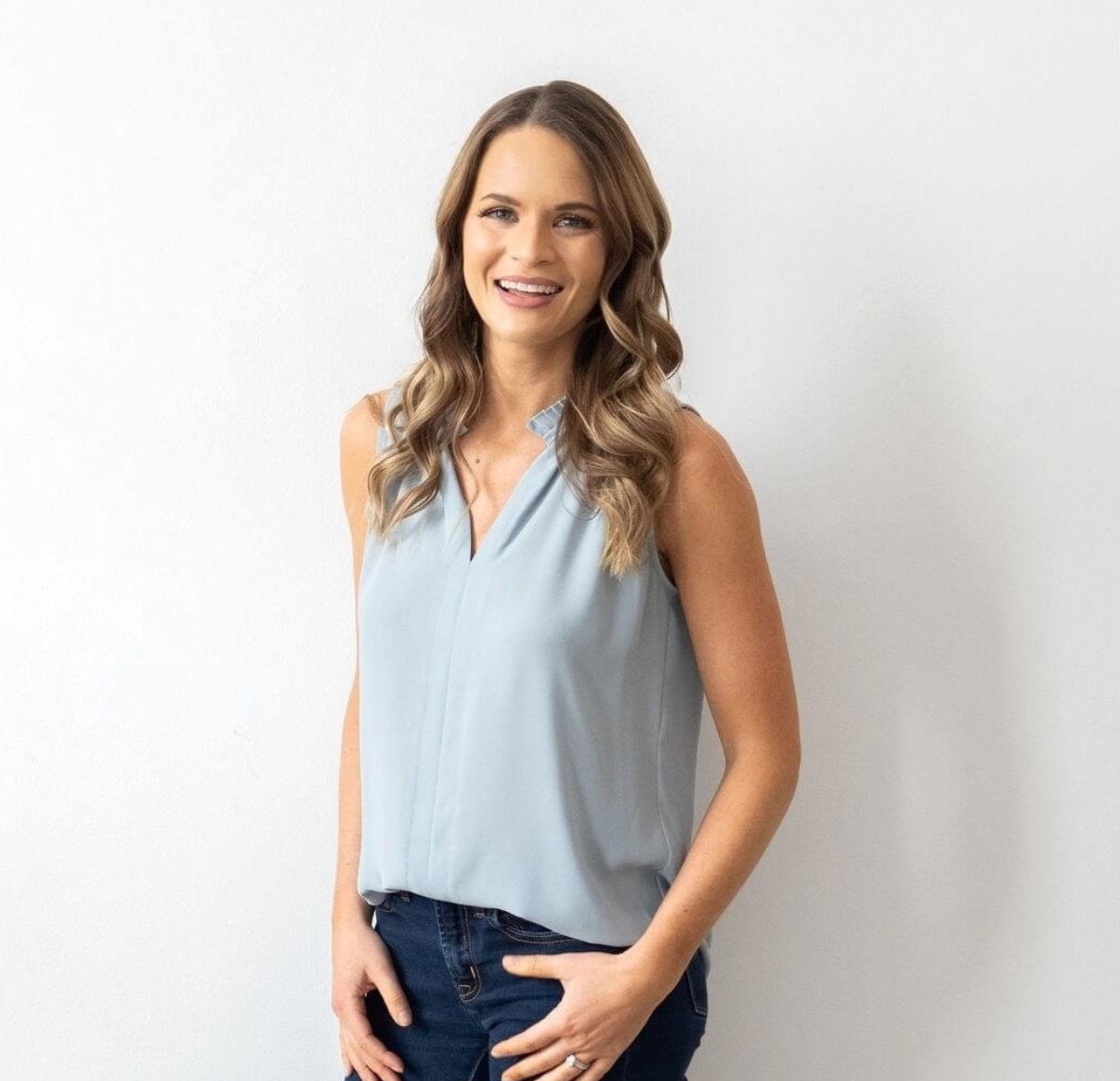
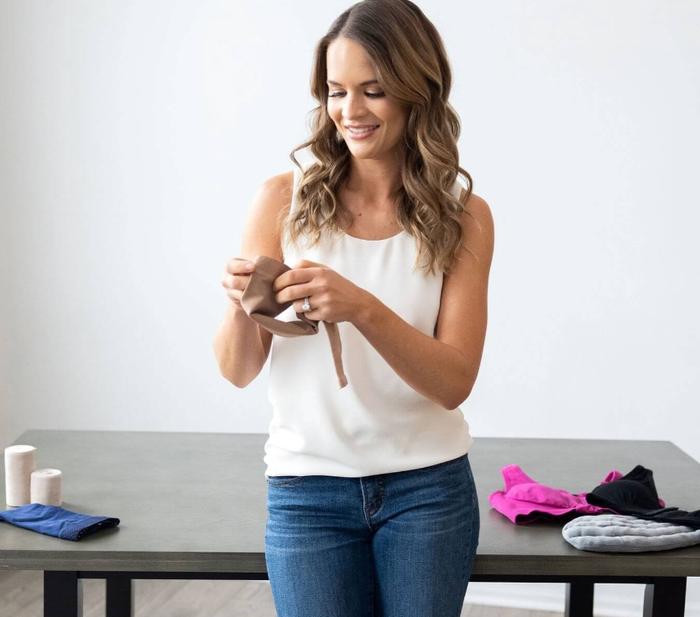
To Explain Why I Created This Leg Lymphedema Treatment Program, I’d Like to Tell You This Story
A woman in her mid-50s — let’s call her Jane — was referred to me by her doctor, but she didn’t feel like coming. She had stage two lymphedema in both legs and was convinced that she had tried everything to no avail.
Her dream was to go skiing with her husband, but even a short walk around the neighborhood was too uncomfortable for her.
We Adjusted Jane’s Treatment Routine and Started Building Up Her Strength
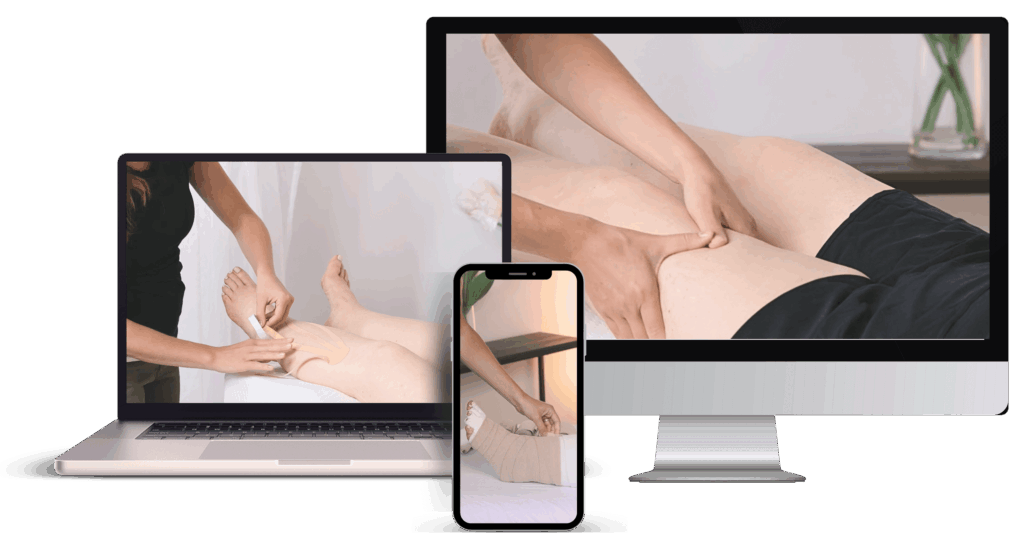
I believe that no one should have to go through breast cancer alone.
Ten weeks later, she went on a walk and had no pain afterward.
Eight months later, I received a postcard from her. It was from a ski resort where she was on vacation with her husband, enjoying her time there with minimal limitations.
This Story Is Not an Exception
Over the last decade, I’ve worked with thousands of people who were able to reduce swelling and discomfort with a targeted lymphedema physical exercise and self-care routine.
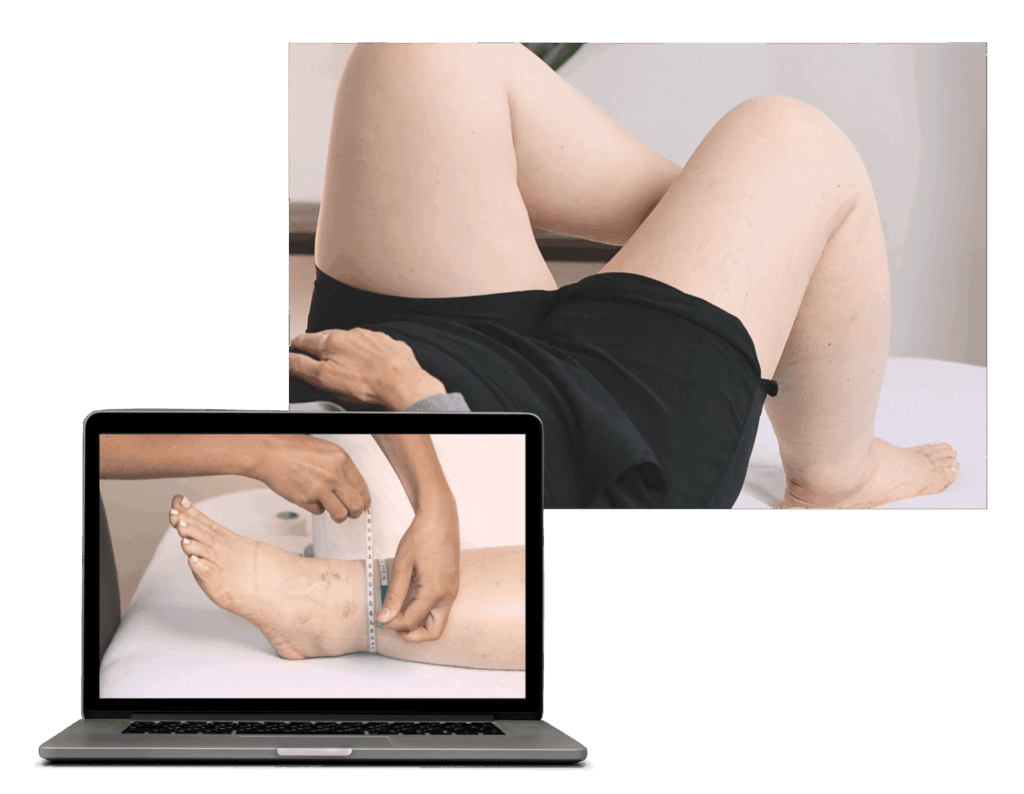

Lymphedema is a chronic condition, but education and physical therapy can help you improve symptoms so you can live a more fulfilling life.
I Believe That
Leg Lymphedema Treatment Should Be Accessible to More People
For years, I saw how little guidance there was for those with lymphedema and lymphatic issues. Working with a lymphedema therapist comes with high costs and many people are stranded to figure it out on their own.
I created Lower Body Lymphedema Rehab so that more people have access to knowledge that can help them redefine what “normal” means when living with lymphedema.
what’s inside
Tools to Help You Feel Your Best
- Education on signs of lymphedema, differences between primary and secondary lymphedema, Complete Decongestive Therapy, and more
- Manual lymphatic drainage (MLD) techniques to stimulate the flow of lymph fluid
- Bandaging routine to reduce swelling
- Compression therapy, including day garments, nighttime garments, and more
- Lymphedema physical exercises to effectively manage symptoms and decrease flare-ups
- Skin care recommendations to lower the risk of infections
- Deep breathing exercises to move fluid and improve mental health
- Kinesiology tape tips to manage swelling
- Medical solutions, such as pneumatic compression pumps and surgery
- Healthy habits to help with lymphedema management
One-time payment of $115
a fraction of the cost of physical therapy
A Note on Affordability
I understand that managing lymphedema comes with high costs. There are scholarships available to those in need – please fill out a form here. I also have hundreds of hours of free content on my YouTube channel with helpful tips and exercises for lymphedema management.
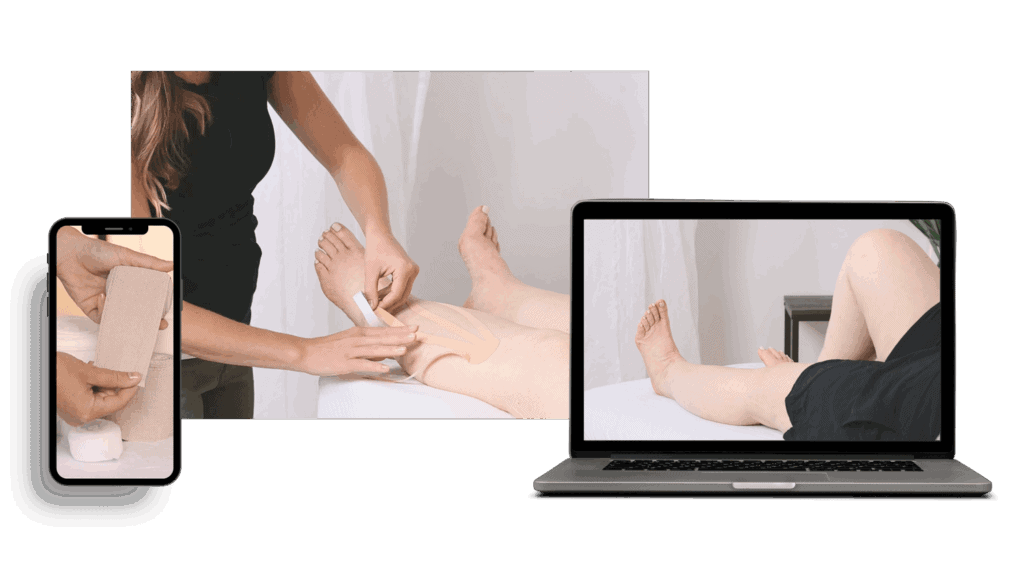
When It Comes to Leg Lymphedema Treatment…
Small Changes Lead to Big Results
Life doesn’t stop when you have lymphedema. There are family, work, and personal responsibilities to take care of, and your leg lymphedema treatment routine needs to be simple.
The exercises and techniques you’ll learn in Lower Body Lymphedema Rehab are designed to fit into your everyday life and make it easier, not harder.
This Program Will Be Helpful For People Who…
- Have primary or secondary lymphedema of the lower body (such as legs, ankles, and feet)
- Want to proactively manage early or moderate lymphedema symptoms
- Want to reduce uncomfortable symptoms and prevent flare-ups
- Have tried different solutions in the past (medical providers, online research, etc.) but didn’t get the results they wanted
- Have had lymphedema for a long time but are newly diagnosed and want to optimize management
- Want lymphedema physical exercises and self-care to easily integrate into their life
- Don’t have access to a knowledgeable practitioner and want to learn effective leg lymphedema treatment techniques and exercises
One-time payment of $115
a fraction of the cost of physical therapy
FOR PRACTITiONERS
Are You a Healthcare Provider?
Get an annual license to use Lower Body Lymphedema Rehab materials in your practice.
Frequently Asked Questions
Unfortunately, you can’t completely “get rid” of lymphedema in the legs, but you can treat and manage it to minimize uncomfortable symptoms, such as swelling and pain. To effectively manage leg lymphedema, it’s important to follow a comprehensive program that includes physical therapy exercises, compression therapy, proper skincare, and other management techniques.
I share education on all of them in Lower Body Lymphedema Rehab.
Complete Decongestive Therapy (CDT) is universally recognized as the gold standard for leg lymphedema treatment. This approach consists of four main components: physical therapy exercises, compression therapy, manual lymphatic drainage (MLD), and skincare. This treatment is usually done by a certified lymphedema therapist.
Once the intensive treatment phase is complete, you move into a maintenance phase. This is where you continue leg lymphedema treatment and management at home. This is when Lower Body Lymphedema Rehab would be most helpful. This program is going to teach you how to optimize lymphedema self-management and fit it into your everyday life.
If you have lymphedema, you should avoid wearing tight clothing, shoes, or accessories that could restrict lymph flow. This can often be confusing to some people because one of the biggest parts of leg lymphedema treatment is compression therapy – a practice of wearing tight garments or bandages that apply pressure to affected areas. It’s important to know that these are special garments designed by medical experts to reduce swelling and improve circulation. Tight clothing and accessories don’t have any special design and can be very harmful.
There are a few different things that can trigger leg lymphedema flare-ups. Any skin damage, such as cuts, scrapes, insect bites, or sunburn, can make swelling worse and sometimes cause an infection. Gaining excess weight, not moving enough, and a poor diet can also contribute to swelling. Most importantly, lymphedema will likely get worse if you don’t have an effective self-management routine that you can do at home (especially when you feel a flare-up coming on).
Kelly is a Doctor of Physical Therapy (PT, DPT), Certified Lymphedema Therapist (CLT), Lymphology Association of North American (LANA) Certified Specialist, and a Board-Certified Oncology Specialist. She has 10+ years of experience helping those living with lymphedema manage their symptoms.
Lymphedema care, resources, and education are often not available to those who need it. Working with a medical provider or a physical therapist can come with high costs and information online can be conflicting.
Lower Body Lymphedema Rehab is an affordable and accessible alternative to help those living with lymphedema get support and minimize limitations. The program comes at a fraction of the cost of physical therapy and includes techniques and exercises that you can keep coming back to.
Absolutely! I share free tips and education on my YouTube channel.
Lower body lymphedema rehab is a self-paced program and you’ll have unlimited access to the materials (for as long as the program exists).
This is a self-paced program. You’ll get videos along with handouts, worksheets, and resource sections with more details and helpful links.


